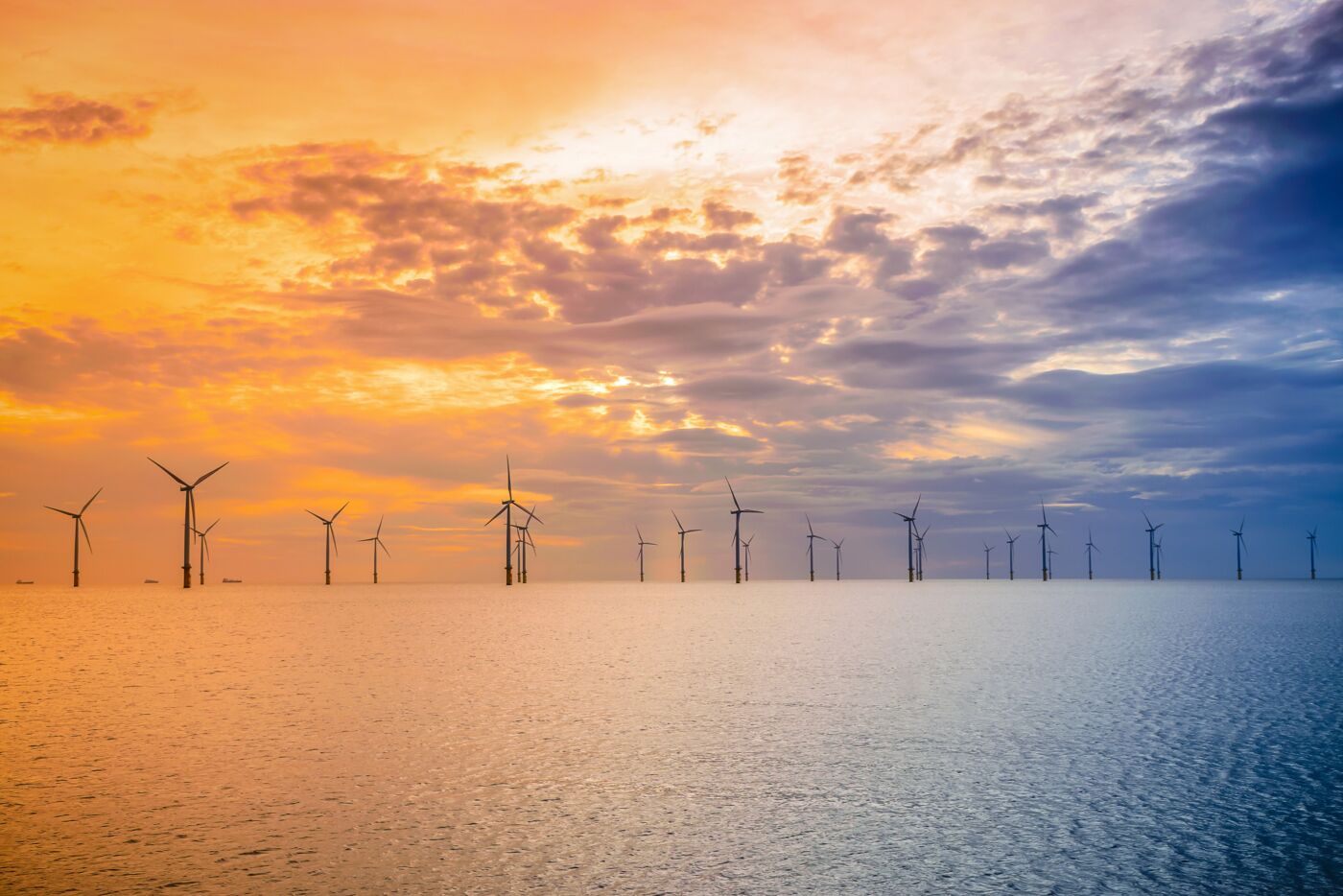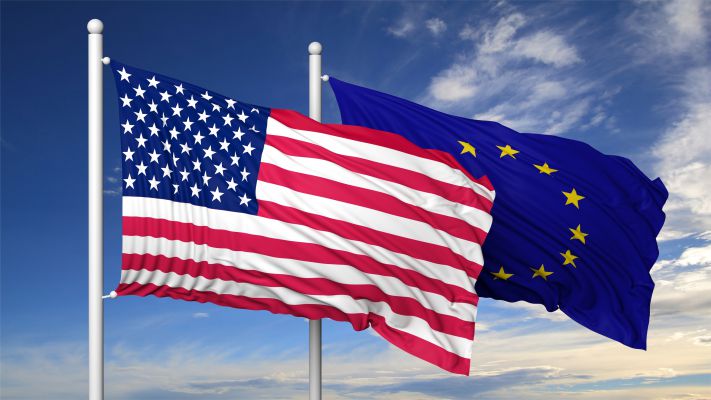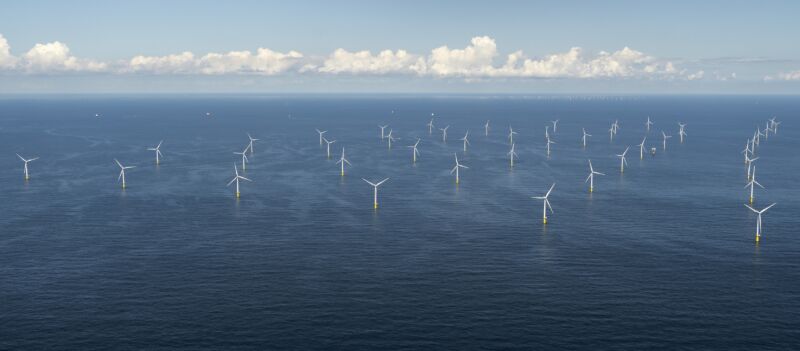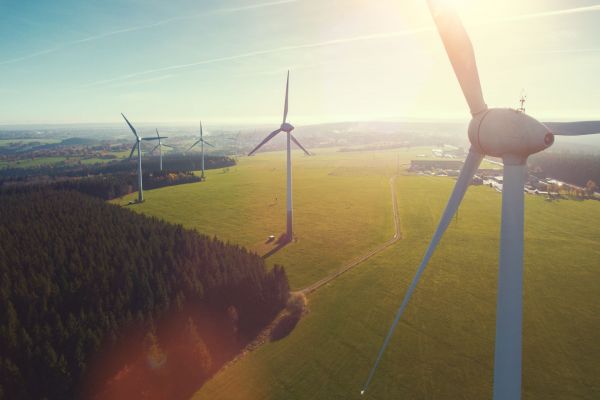There are many good reasons for countries to work together in the name of climate change, aside from the overarching goal of reducing greenhouse gas emissions. One of the most important is economic: A large project with many partners can be realized more cheaply than multiple smaller ones. These partnerships also create secure trading conditions and market opportunities further down the line. Researchers tout potential savings of up to 1.3 billion euros per year. In addition, effective partnerships increase the power to innovate.
What stands in the way of standing together?
In 2020, it seems as though countries on the Baltic Sea caught wind of these advantages and began to intensify cooperation with a view to expand offshore wind. Seven grid operators founded the Baltic Offshore Grid Initiative. Their goal is to tap 300 billion kWh of electricity per year from offshore wind farms in the Baltic Sea.
That was the theory. However, concerns about conflicting interests, cost distribution, and lack of public acceptance mean only a few large-scale international projects have actually managed to get off the ground – despite the incentive of financial backing. Here are three projects which are underway.
Denmark & Germany: Bornholm
Two grid operators from the aforementioned Baltic Offshore Grid Initiative have already submitted concrete plans. Germany’s 50Hertz and Energinet of Denmark want to build offshore wind turbines off the Baltic Sea island of Bornholm, starting with a capacity of 2,000 MW. This energy will flow into an interconnector on the island from which it will be distributed to Denmark and Germany via submarine cables. Current plans would mean the plant would be built by 2030. After that, things are to develop further with the two grid operators gradually establishing connections to other coastal states and offshore wind farms, thus expanding international cooperation even further.
The Netherlands, Germany & Denmark: Doggerland
Some 10,000 years ago, Doggerland was an area of land that connected Britain to continental Europe. Now submerged beneath the southern North Sea, its banks are set to provide the platform for new energy islands. The plan is to construct a converter platform on top of them. This will convert the alternating current from surrounding offshore wind farms into direct current and send it to the neighboring states. The project was planned by the North Sea Wind Power Hub, which was formed in 2017 and consists of the Dutch-German transmission system operator TenneT, as well as Energinet from Denmark. All in all, the consortium expects to generate 180 GW of offshore wind by 2045. To put this into perspective, all German offshore wind farms combined currently create about 7.5 GW of energy.
Germany & Norway: Arkona
Germany is leading the charge for wind energy expansion across the EU. In 2019, 3.6 GW of offshore wind energy were installed in Europe, with 1.1 GW purely attributed to Germany. Norway, on the other hand, is in its infancy when it comes to becoming a wind energy powerhouse; to date, there is not a single offshore wind farm in the entire country. This is set to change. Since the beginning of the year, the first concessions for coastal areas have been released, creating great potential for cooperation between Norway and Germany. The Arkona wind farm, located just off the German island of Rügen, proves that this could work excellently. Half of the farm is owned by the Norwegian energy company Equinor and the other half by the German RWE. The two companies built the wind farm with the help of the grid operator 50Hertz, taking just one year between the start of construction to the electricity produced being fed into the grid. Now, the wind farm supplies 400,000 households with renewable energy and saves as much as 1.2 million metric tons of CO2 annually.
So far, it seems as though collaborative wind power projects in Europe can help create a dependable supply of renewable energy. With the projects that do exist, there is a chance that their size and capabilities truly have the power to revolutionize the future of wind power – and to push through the energy transition.



